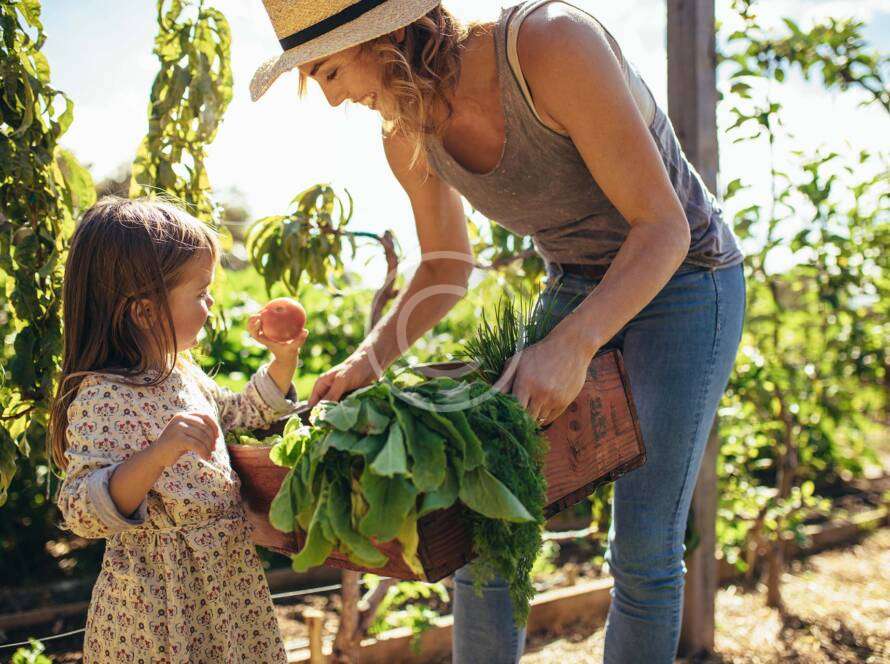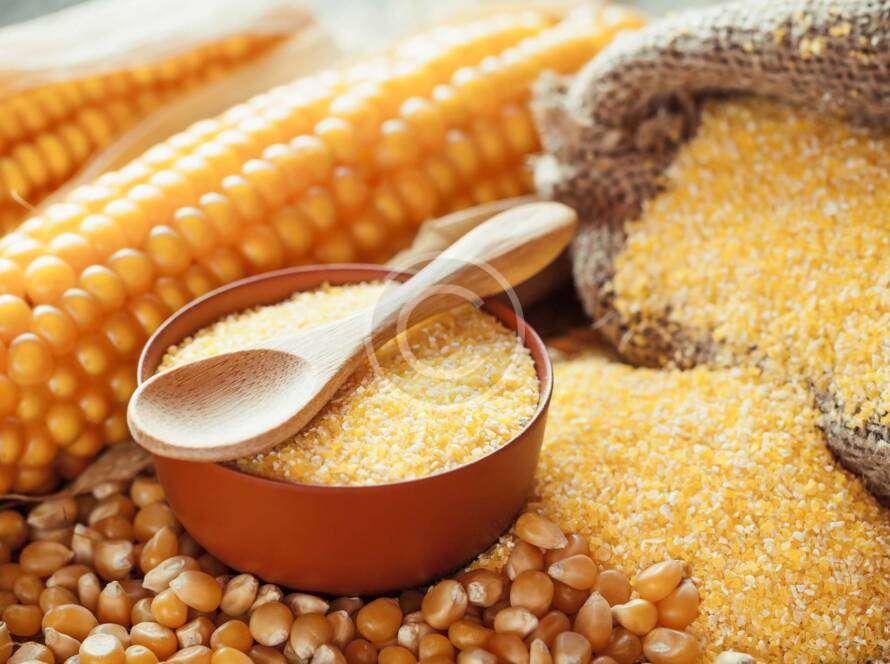
Greenhouses are an effective solution to mitigate weather-related limitations in agriculture, allowing for controlled environment farming. Here’s how greenhouses help overcome these limitations and some considerations to keep in mind:
1. Protection from Extreme Weather Conditions
- Temperature Control: Greenhouses can be heated or cooled to maintain optimal temperatures for plant growth, protecting crops from extreme heat or cold.
- Wind Protection: Greenhouse structures shield plants from strong winds that can cause physical damage and stress.
- Precipitation Management: Greenhouses prevent excessive rain or hail from damaging crops, ensuring consistent moisture levels.
2. Extended Growing Seasons
- Year-Round Production: By controlling the internal climate, greenhouses enable farmers to grow crops throughout the year, independent of external weather conditions.
- Early/Late Season Production: Greenhouses allow for early planting in spring and extended harvesting into fall, increasing the duration of productive growing periods.
3. Improved Crop Quality and Yield
- Consistent Conditions: Maintaining stable temperature, humidity, and light levels leads to uniform growth and higher quality produce.
- Enhanced Pest and Disease Control: The controlled environment reduces the incidence of pests and diseases, which can be more prevalent in open fields under certain weather conditions.
4. Water Efficiency
- Irrigation Control: Greenhouses often use efficient irrigation systems like drip or hydroponics, reducing water waste and ensuring plants receive the right amount of water.
- Reduced Evaporation: The enclosed environment minimizes water loss through evaporation, making water use more efficient.
5. Energy Efficiency and Sustainability
- Solar Energy: Modern greenhouses can incorporate solar panels to generate electricity, reducing reliance on external power sources.
- Renewable Heating Systems: Biomass, geothermal, and other renewable energy sources can be used for heating greenhouses, enhancing sustainability.
Considerations and Challenges
While greenhouses offer numerous advantages, there are also challenges and considerations to keep in mind:
1. Initial Investment and Operating Costs
- High Initial Costs: Building a greenhouse can be expensive due to the costs of materials, construction, and technology integration.
- Energy Costs: Maintaining optimal conditions inside the greenhouse, especially heating and cooling, can lead to high energy costs. Implementing energy-efficient systems can mitigate this.
2. Technical Expertise
- Management Skills: Operating a greenhouse requires knowledge of climate control, irrigation systems, and pest management. Training and expertise are essential for successful greenhouse farming.
- Technology Integration: Advanced greenhouses often utilize automated systems for climate control, irrigation, and monitoring, which require technical know-how to operate and maintain.
3. Environmental Impact
- Resource Use: While greenhouses can be more water-efficient, they still require significant resources, particularly energy. Balancing resource use with sustainable practices is important.
- Waste Management: Managing waste from greenhouse operations, such as plastic coverings and packaging, is crucial for reducing environmental impact.
4. Scalability and Crop Selection
- Scalability: Expanding greenhouse operations can be challenging due to the space and capital required. Planning for scalable solutions is important for growth.
- Crop Selection: Not all crops are suited for greenhouse cultivation. Selecting crops that benefit most from controlled environments is key to maximizing returns.
Conclusion
Greenhouses offer a powerful solution to overcome weather-related limitations in agriculture, providing a controlled environment that enhances crop quality, yield, and sustainability. However, successful greenhouse farming requires careful planning, investment, and management to address the associated challenges. By leveraging modern technologies and sustainable practices, greenhouses can play a crucial role in ensuring food security and resilient agricultural systems.



